The Palawan Wildlife Rescue and Conservation Center (PWRCC), formerly known as the Crocodile Farm, is a prominent attraction located approximately 30 minutes from downtown Puerto Princesa in the Philippines.
Established in 1987 as the Crocodile Farming Institute, the center was a collaborative effort between the Philippine government and the Japan International Cooperation Agency (JICA). Its primary mission was to conserve two endangered crocodile species: the Philippine freshwater crocodile (Crocodylus mindorensis) and the saltwater crocodile (Crocodylus porosus).
Over time, the facility expanded its focus to include the rescue and rehabilitation of various wildlife species, leading to its rebranding as the PWRCC.
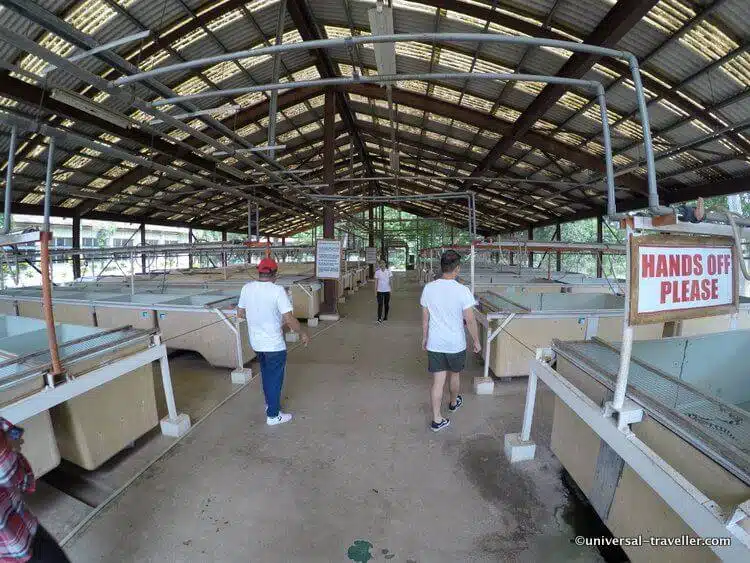
Exploring the Center
Upon arrival at the PWRCC, visitors are greeted by the impressive skeleton of a massive saltwater crocodile, measuring approximately 5 meters in length.
This display offers a glimpse into the size and power of these ancient reptiles. The center provides guided tours that commence every half hour, ensuring that guests receive comprehensive information about the facility’s operations and its inhabitants.
The tour begins at the Hatchling House, where visitors can observe juvenile crocodiles at various stages of development. This area showcases the center’s breeding efforts and highlights the early life stages of these reptiles.
Adjacent to the Hatchling House is the enclosure for adult crocodiles, including some of the largest saltwater crocodiles in captivity. Elevated walkways allow guests to safely view these formidable creatures from above, providing a unique perspective on their behavior and habitat.
Beyond the crocodile enclosures, the PWRCC features a mini-zoo that houses various other wildlife species. This includes endemic animals such as the Palawan bearcat, various species of birds like mynahs and hornbills, and other rescued animals.
The center serves as a sanctuary for these creatures, many of which have been confiscated from illegal captivity or rescued from injury, with the goal of rehabilitating and, when possible, releasing them back into the wild.
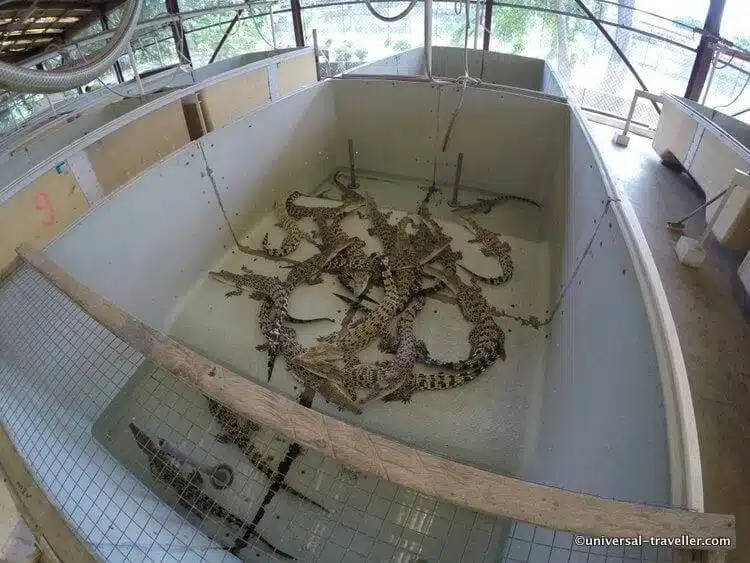
Visitor Experience
The PWRCC offers an educational and engaging experience for visitors of all ages. One of the highlights is the opportunity to take a photo while holding a juvenile crocodile.
For a nominal fee, guests can capture this unique moment, with the option to have the photo printed or to use their own cameras at no additional cost.
The center operates with specific visiting hours: Mondays to Fridays from 1:30 PM to 5:00 PM, and Saturdays from 9:00 AM to 5:00 PM, with a lunch break from 12:00 PM to 1:00 PM. Confirming current operating hours before planning a visit is advisable, as schedules may change.
How to get to the Crocodile Farm Palawan
Reaching the PWRCC is convenient, with several transportation options available. Visitors can hire a tricycle for a direct and private ride to the center. Alternatively, for a more local experience, multicabs—shared public utility vehicles—are available for a fare of approximately 23 pesos.
These multicabs can accommodate up to 20 passengers and offer a cost-effective means of transportation, though they may take longer as drivers often wait to fill the vehicle before departing.
Conservation Efforts
The PWRCC plays a vital role in the conservation of the critically endangered Philippine crocodile and the saltwater crocodile. Through its breeding programs, the center aims to bolster the populations of these species and educate the public about their ecological importance.
Additionally, the facility serves as a rehabilitation center for various wildlife species, providing care and sanctuary to animals rescued from illegal trade or those found injured in the wild.
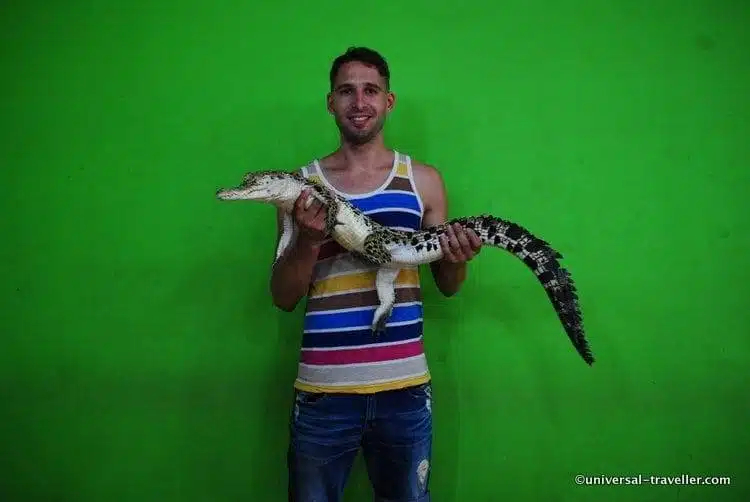
Visitor Guidelines
While the PWRCC offers an immersive wildlife experience, visitors need to adhere to the center’s guidelines to ensure the safety and well-being of both the animals and guests.
This includes refraining from feeding or disturbing the animals, staying within designated areas, and following the instructions provided by the tour guides. By respecting these rules, visitors contribute to the center’s conservation efforts and help maintain a safe environment for all.
Conclusion
The Palawan Wildlife Rescue and Conservation Center is a testament to the Philippines’ commitment to wildlife conservation and education. By visiting the center, guests gain insight into the lives of these remarkable creatures and support ongoing efforts to protect and preserve the rich biodiversity of Palawan.
Whether you’re a wildlife enthusiast or a curious traveler, the PWRCC offers a unique and enriching experience that underscores the importance of conservation and responsible tourism.
More Photos
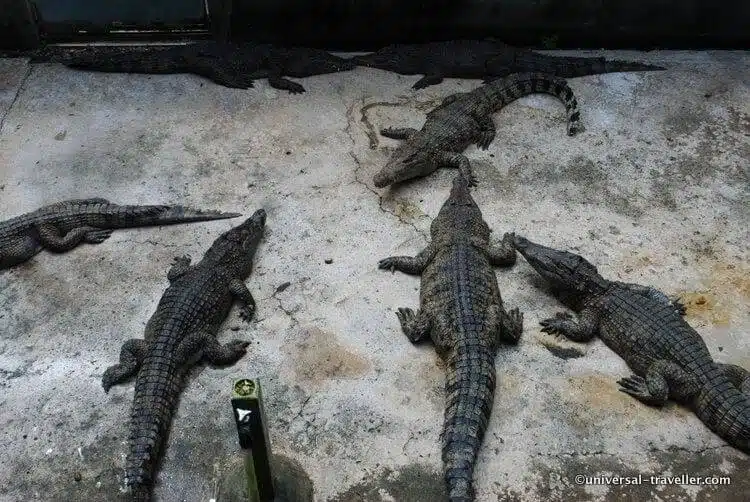
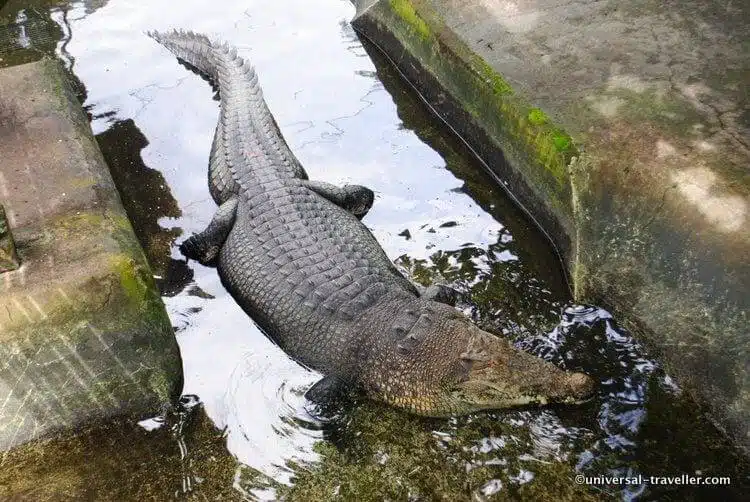
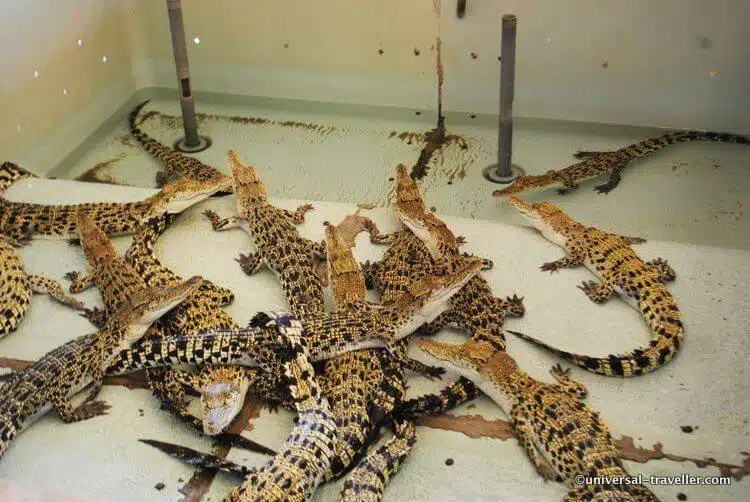



Leave a Reply